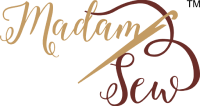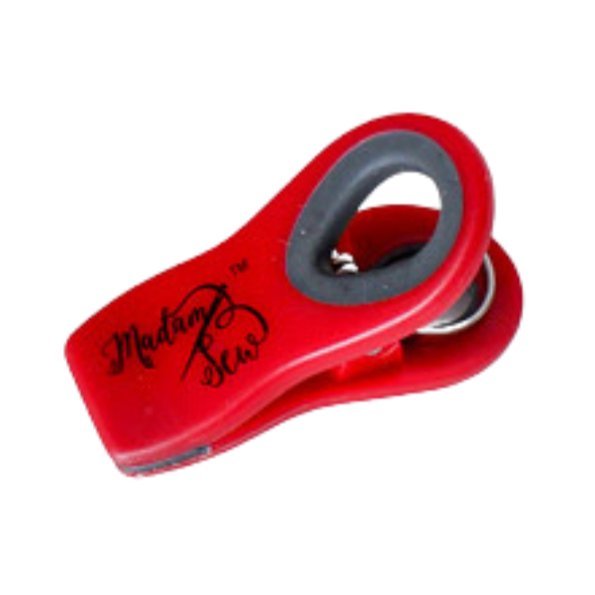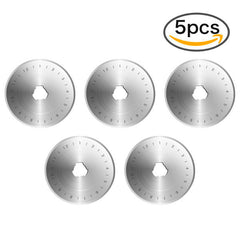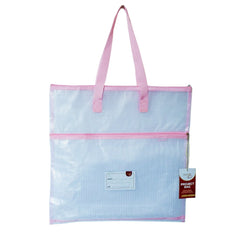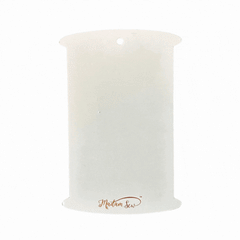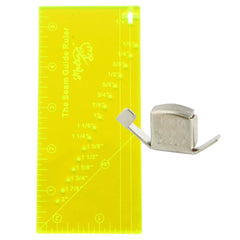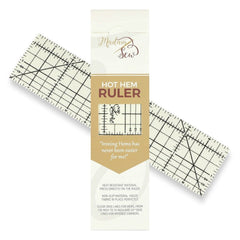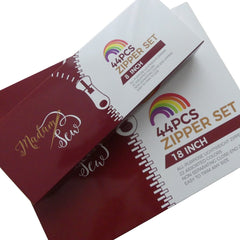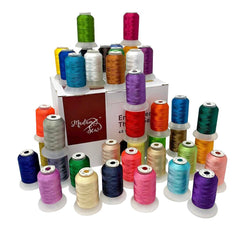Choosing Threads for Quilting
Do you ever feel overwhelmed when choosing thread for quilting or piecework? There certainly is a lot to know, and whole books have been written on the subject. Some thread manufacturers have entire websites devoted to facts about thread and the best thread for quilting. Today, let’s go through just the basics (and bust a myth) so you can have a better idea of what to use and when.
Understanding Thread Types and Weight
Thread comes in cotton, polyester, silk, wool, and rayon. Cotton and polyester thread are the most common choices for quilting. Cotton thread generally has a matte finish while polyester thread has a bit of shine. Cotton thread also produces some lint while sewing, while polyester thread does not. In general, cotton thread is great for piecing, while polyester is better used for quilting. Cotton will also shrink, while polyester will not.
There are times when choosing a different type of thread for quilting is a good idea. Silk thread is generally not used for quilting, as it is expensive and better suited for hand embellishments for clothing applications like applique and buttonholes. However, even this is changing as some silk thread is being produced in thicker weights for quilting. Rayon is not good for quilting as it isn't strong, and is generally only used for embroidery, or for crazy quilt stitching on small projects. Wool thread is best used for hand work, sewing wool clothing, or wool applique
Thread comes in thickness of 12 weight to 100 weight. The numbers come from the ancient system of counting the number of preset lengths of thread to make up a standard weight. The fewer the number of threads, then the lower the number. In other words, if it takes only 12 lengths to make the standard, that is a thicker thread than one which takes 100 lengths to equal the same weight. This system is not standard anymore, so you cannot use the numbers to compare thread between companies; only within the same company. For example, a 30-wt thread from Manufacturer A may be thicker or thinner than the 30-wt thread from Manufacturer B. The thickness and type of thread you choose is a personal preference.
The weight is the first number listed on the spool. The second number after a slash tells you how many plys are twisted together to make the thread. In general, this will be 2 or 3, but many polyester threads have only one, and are called ‘monofilament threads.’ In thinking about the piecing, I have found the best thread to use for piecing is a 50/3 weight. It is light and thin, yet still strong, and it doesn't affect the accuracy of the piecing. I also look for a long staple cotton for piecing, as it is higher quality and doesn’t look as fuzzy.
Things to Consider When Choosing Quilting Thread
So, you have a quilt top done, and it is time to decide on what thread to use to quilt it… There is no one right answer here. It all depends on what you want the final quilt to look like. First, consider the type, do you want a matte finish or would a little bit of shine be nice? Do you want the quilting to show, or be more texture? Where do you want the quilting to show, in the blocks or on the background? Do you want the color to blend with the piecing or contrast with it?
If you want your quilting to show, choose a thicker thread. If you want more texture, choose a thinner thread. If you are stipple or micro-stipple quilting, the best thread weight is a 100 wt, as it won’t be as heavy in the final project.
Polyester threads are ideal for quilting as they have almost no lint, don't shrink, come in an array of colors, can be cleaned by any method, and are colorfast.
To choose a color of thread for quilting, audition several on top of your project. Know that there is no right or wrong choice, only what you decide you like best, and where you want the quilting to show.
In the example below, any of these colors will do wonderfully on the top, and the choice is yours. You can see that the red and blue threads will show up on the white background, while the white thread will show more on the red and blue patches.
Sometimes matching a color within the quilt is the best, while other times you might like using a neutral tone. Puddle the choices on your project and go with the one that you like best. Consider whether you want the emphasis on the piecing, or the emphasis on the quilting.
Consider the colors in the backing as well. A quilting thread that shows up on the backing will also show any mistakes, knots, or wobbles in the quilting. Looking at the same color choices as above, which would you choose on the backing? While it is possible to use a different color on top than in the bobbin, it isn’t recommended as it is very difficult to get the stitches to lock perfectly inside the batting. What you end up with are bits of the top color on the backside or vice versa. We call these thread pokies.
Sometimes the colors in the project are just right for a variegated thread. Variegated choices are available in cotton, polyester, and blends.
If it picks up the colors in the project, variegated thread can add an interesting detail to your quilting.
Using dark thread generally means the quilting will create designs on the light background of the blocks.
Using light thread will show on dark areas.
Top threads can be different than bobbin, but use a color that matches or is very close. You can use different types together as well. I often quilt with 40 wt cotton thread on the top and 60 wt polyester in the bobbin. Yes, you can mix cotton and polyester. Polyester threads are now recommended for long wear in quilting.
How to Set Up Your Thread for Quilting
How you place thread on your machine does make a difference. Cross wound thread comes off the top of the spool and should be placed on a horizontal spool pin. The spool remains stationary as the thread feeds into the machine. You can tell if a thread is cross wound as there will be a braid-like pattern to the thread on the spool. In general, high quality threads are cross wound.
Straight wound thread spools appear smooth without any thread overlaps. They tend to be older, or less expensive, and the quality is not as high. Straight wound thread should come off the side of the spool, so the spool should be placed vertically, and will spin as it feeds the thread.
The consequence of not orienting the thread spool correctly is the thread will twist as it feeds through the thread guides, resulting in thread breaks, misaligned seams, and inaccurate sewing. If your machine doesn't have the correct pin for the way the spool is wound, use an adapter to make it correct. If your machine had a vertical pin for straight wound threads, use an adapter to hold the thread horizontally to sew with a cross wound thread.
If your machine uses primarily cross wound threads, use the same kind of adapter to orient a straight wound thread for use on that machine.
Use large cones on your domestic sewing machine by placing it on a cone thread stand, or in a glass on the right side of your machine. Cones are all cross wound, and should have the thread feed off the top of the cone.
Cotton Vs. Polyester Thread for Quilting
There is a common myth about thread that you shouldn't use polyester thread on cotton fabrics as it would cut the fabric. This myth has been busted by quilt historians through careful study of quilts made in the 1950s when polyester thread came into more widespread use. Polyester thread does not cut cotton fabric, even after more than 50 years. So yes, you can use polyester thread on cotton quilts.
One question I am often asked is, ‘How old can thread get and still be usable?’ The answer depends on the quality of the thread, and how it has been stored. Some cheaper threads will dry out and become brittle very quickly, while a properly stored high quality thread can still be used for projects for years. Cotton thread will dry out and become brittle faster than polyester thread. I store mine in humidity controlled areas (between 50-70% humidity) in covered bins or plastic thread boxes to keep them dust free.
In general, I try to use threads within 5-7 years, but I also have some 20-year old rayon thread spools that are still good for embroidery. A couple of my polyester cones I use in the longarm machine are approaching 9 years old and are still fine. But, if it is on a wooden spool or a styrofoam spool, it is probably too old to be used. To test a thread, take a length of thread, wrap it around your hands and pull on it with steady pressure from both ends. If it breaks easily, either toss it or make it into a Christmas ornament. If it has strength and is more difficult to break, you should be able to use it with confidence.
Whatever color or thickness you use is a personal decision, the result of your design ideas, and how you wish your final project to look. So, it’s hard to say what the bes thread for quilting or piecing is. Experiment with new colors and values when you make small projects like table runners or pillows to expand your choices. Try a variegated, or use a different brand than you’ve tried before.
Have fun with thread!
Carole
Come visit my blog for more fun projects at From My Carolina Home.
